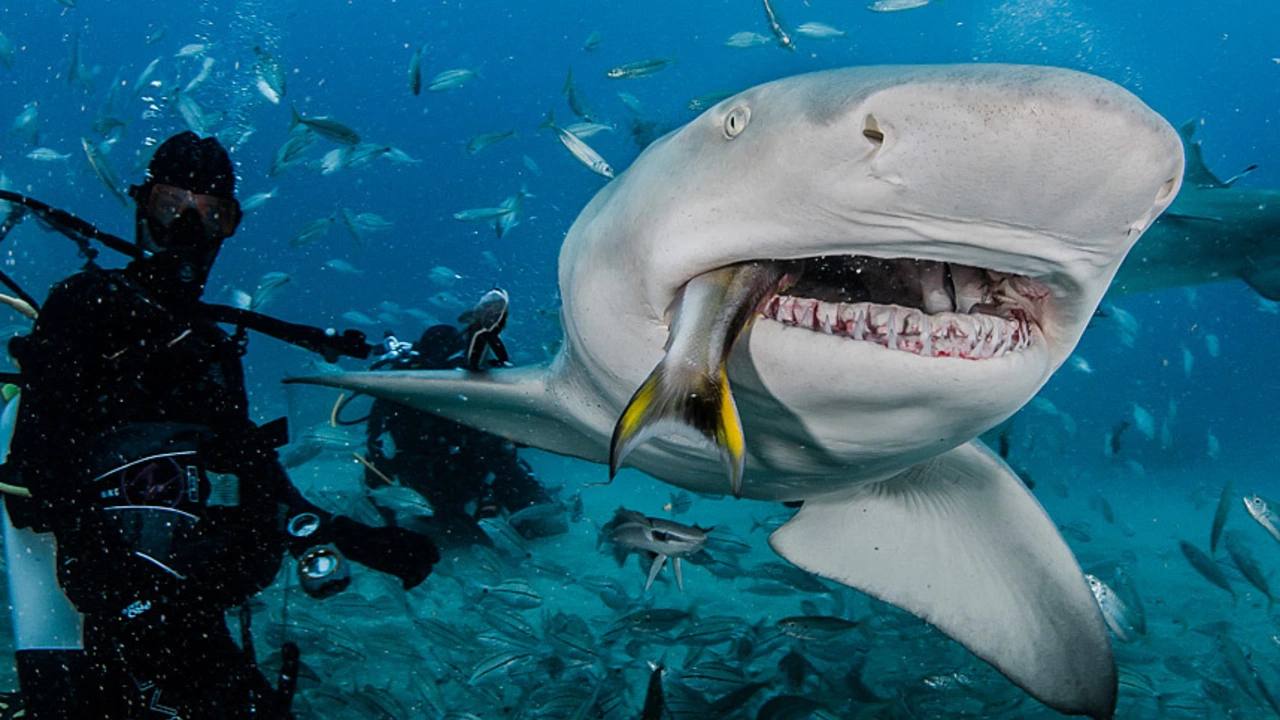000 Feet – Why Knowing Depth Matters for Sports and the Ocean
Ever wondered what "000 feet" actually tells you? In swimming pools, soccer fields near water, and even when you hear about sharks diving thousands of feet, depth is the hidden factor that shapes safety, performance, and adventure. Knowing the real numbers helps you choose the right gear, plan a safe swim, or just impress friends with cool facts.
Depth in Everyday Water Activities
For most of us, the first encounter with depth is at the local pool. A 5‑foot deep lane is fine for laps, but a 10‑foot deep area is needed for diving. If you’re new to swimming, start in shallow water where you can touch the bottom. As you improve, move deeper – the extra space lets you work on strokes without worrying about the floor.
When you’re at the beach, the water’s depth can change fast. A tide that’s 3 feet at low tide can be 6 feet at high tide, and a sudden drop can leave you ankle‑deep instead of waist‑deep. Checking a tide chart before you go saves you from unexpected trips to the shore.
Even soccer teams that train near lakes or rivers need to know depth. A splash zone that’s only 1‑2 feet won’t stop a fast ball, but a deeper area can become a hazard if a player mis‑kicks. Coaches often set up drills that keep the ball in safe zones, using depth markings or floating cones to guide play.
How Deep Do Sharks Really Go?
Sharks love the deep ocean. Most species cruise around 2,000 feet, which is roughly the number you see in the tag "000 feet" when you drop the first two zeros. The Greenland shark holds the record, diving to about 10,000 feet – that’s deeper than the Grand Canyon is wide.
Why do they go so deep? Cold, dark water slows their metabolism, letting them stretch out meals for weeks. Pressure at those depths is extreme, so only specially adapted sharks survive. For snorkelers and divers, this means you’ll only meet sharks near the surface, where they hunt for fish that swim up for sunlight.
If you ever plan a dive, remember the depth limits of your gear. Most recreational scuba tanks are rated for 130 feet. Going beyond that without proper equipment is risky, and you’ll quickly lose buoyancy control. Always trust your dive computer and never push past the "no‑decompression limit".
Practical Tips for Dealing with Depth
1. Measure before you move. Use a depth finder, a marked pole, or a simple rope with knots every foot. Knowing the exact depth avoids surprises.
2. Dress for the depth. In shallow water, a simple swimsuit or swim shorts work. In deeper, colder water, a wetsuit adds buoyancy and warmth.
3. Stay within your comfort zone. If you can’t touch the bottom, practice floating and breathing techniques first. Gradually increase depth as confidence grows.
4. Watch for marine life. Sharks rarely enter shallow zones, but schools of fish do. If you see a sudden change in water color or a large shadow, it could be a deep‑diving creature coming up.
5. Follow local rules. Many beaches post depth signs or have lifeguards who announce safe swimming zones. Ignoring them can turn a fun day into an emergency.
Understanding "000 feet" isn’t just a number – it tells you how to stay safe, improve performance, and appreciate the wonders beneath the surface. Whether you’re counting strokes in a pool, kicking a ball near a lake, or marveling at a shark’s dive, depth shapes every move. Keep these tips in mind, and you’ll make the most of every splash.
Do sharks go down to 3,000 feet to swim?
- Kieran Lockhart
- on Jul 26 2023
- 0 Comments
In my recent exploration of marine life, I've come across some fascinating facts about sharks. Surprisingly, these creatures are known to dive as deep as 3,000 feet into the sea. This depth is not the limit though, with some species like the Bluntnose Sixgill Shark known to travel even further down. They typically do this to hunt, as many deep-sea creatures are part of their diet. This ability to go to such extreme depths showcases the incredible adaptability of sharks in their underwater environment.
